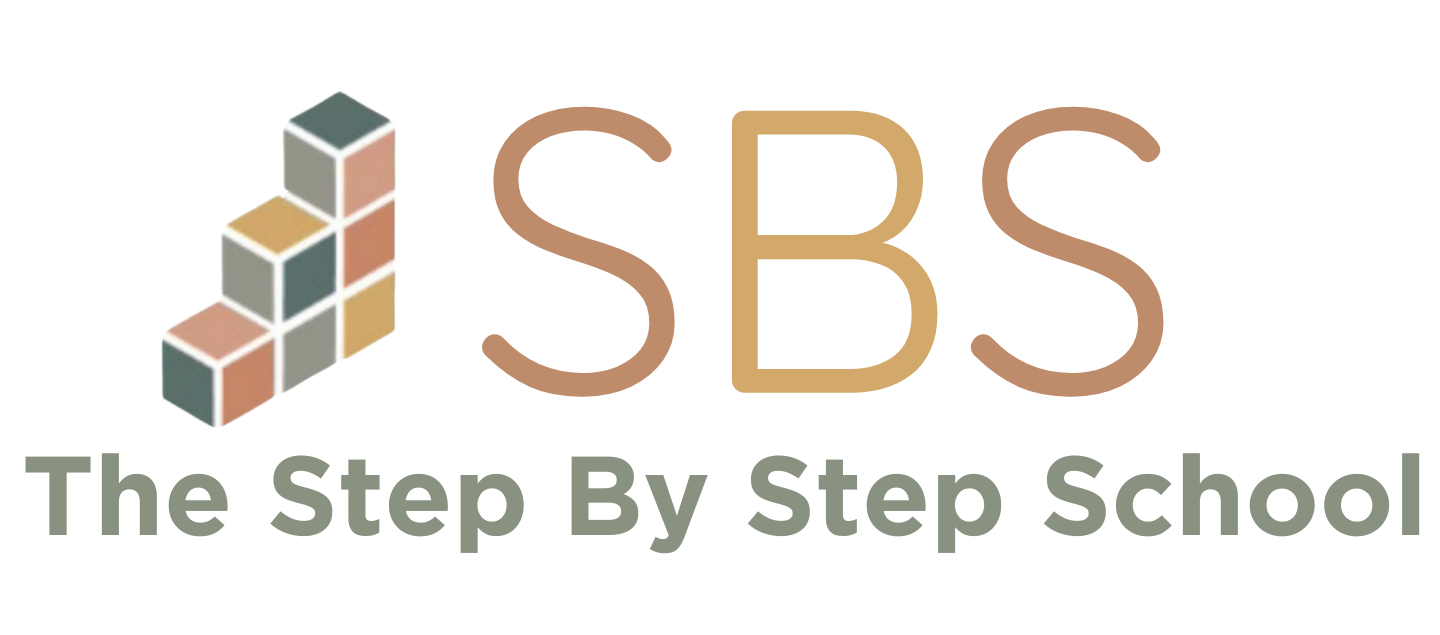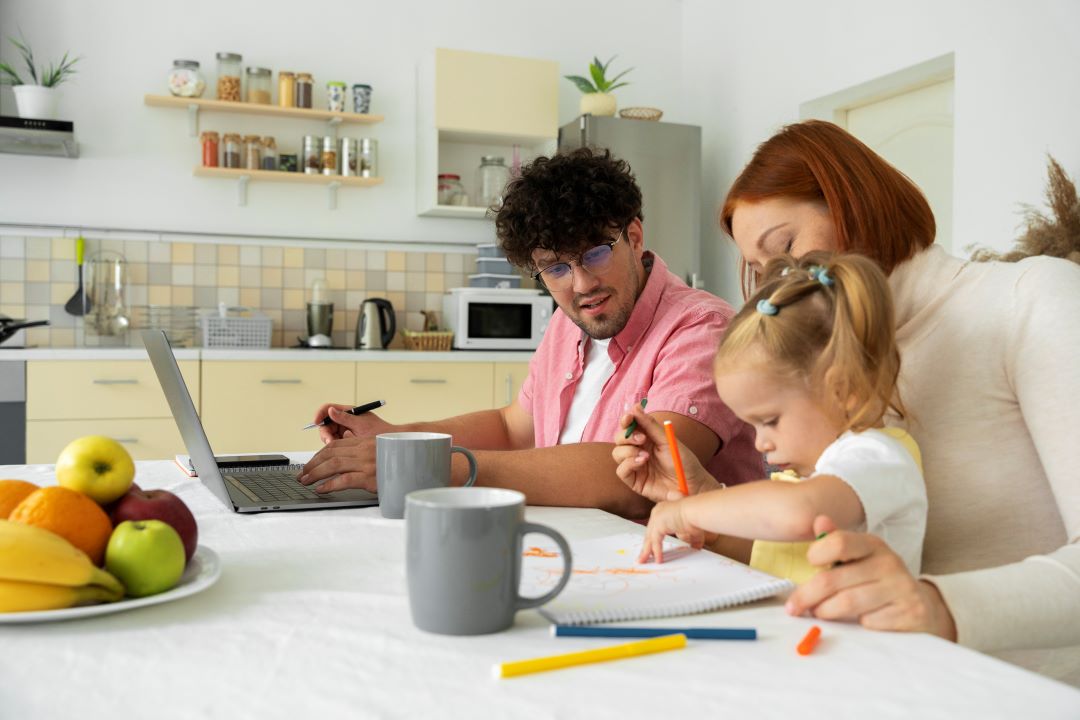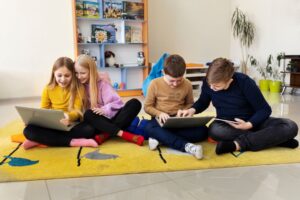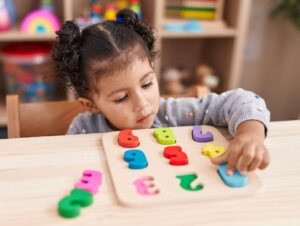In the earliest years of life, children are like sponges—absorbing every sound, color, and interaction around them. While preschool and classroom environments play a major role in shaping young minds, learning doesn’t stop when the school day ends. The experiences children have at home are equally influential, if not more. Parental involvement is one of the most powerful factors that support strong early learning at home, helping children build curiosity, confidence, and a lasting love for discovery.
Why Parental Involvement Matters
The journey of early learning begins long before a child enters a classroom. Parents are a child’s first teachers, and the home is their first learning environment. When parents take an active role in their child’s education, the benefits extend far beyond academic success. It fosters emotional security, strengthens communication, and nurtures independence.
For families in Hoboken, where educational opportunities are abundant, understanding how to create meaningful early learning at home helps children thrive both in and out of school. When parents read together, encourage exploration, or simply talk about the world, they are building essential cognitive and social skills.
Creating a Learning-Rich Home Environment
You don’t need a classroom to make learning engaging and fun. A home filled with curiosity, conversation, and creativity naturally promotes early learning. Setting up simple learning zones—like a cozy reading corner or a small craft table—can make a big difference.
Encourage your child to participate in everyday activities such as cooking, gardening, or organizing their toys by color or size. These simple tasks introduce problem-solving, language development, and early math concepts. Families can also use moments during playtime to ask open-ended questions like, “What do you think will happen if we add water to the sand?”—promoting critical thinking.
At The Step by Step School in Hoboken, educators often emphasize that the best learning happens when children are actively engaged in discovery, not just memorization. Extending that approach into the home creates a seamless connection between school and family life.
The Role of Reading in Early Learning at Home
Reading is one of the most effective ways to promote early literacy and comprehension. Even 10–15 minutes of daily reading can expand vocabulary, improve focus, and spark imagination. Parents can read picture books aloud, point to words as they go, and discuss the story’s themes or emotions.
Encouraging children to choose their own books fosters independence and enthusiasm for learning. Whether you’re visiting the Hoboken Public Library or sharing bedtime stories, reading together is a bonding experience that lays a strong foundation for early learning at home.
Encouraging Curiosity Through Play
Play is not just fun—it’s an essential part of development. Children learn best when they’re exploring, experimenting, and imagining. Through pretend play, building blocks, or art projects, children develop creativity, problem-solving skills, and emotional understanding.
Incorporate educational games that involve counting, sorting, or storytelling. Even outdoor play—like visiting a local park or exploring the Hoboken waterfront—helps children connect with nature and observe the world through hands-on experiences.
The key is balance. Structured learning is valuable, but unstructured play gives children the freedom to explore, fail, and try again—an essential part of building confidence and curiosity.
Building Strong Communication Skills
A vital part of early learning at home is communication. Talking with your child throughout the day—during meals, car rides, or bedtime—helps them build vocabulary, understand emotions, and develop listening skills.
Instead of giving one-word responses, encourage dialogue. Ask questions like, “How did that make you feel?” or “What was your favorite part of the story?” These small moments teach empathy and help children articulate their thoughts more clearly.
Teachers at The Step by Step School emphasize that children who experience consistent, thoughtful conversations at home tend to express themselves better and adapt more easily in classroom settings.
Establishing Routines That Support Learning
Consistency gives children a sense of security. Setting predictable routines for meals, play, and rest helps children know what to expect, which enhances focus and self-regulation. A consistent bedtime routine, for example, can include reading together or reflecting on the day’s experiences.
In Hoboken, many busy families balance work and parenting, but even short, predictable moments—like a daily walk or breakfast chat—can strengthen learning connections. Regular family routines not only make children feel secure but also help parents naturally integrate early learning into everyday life.
Collaborating with Educators
Parents and teachers share a common goal: helping children thrive. Open communication between home and school ensures that children receive consistent support across environments.
Parents can ask teachers for ideas on extending classroom topics into home activities. For example, if a child is learning about animals at The Step by Step School, families might visit the Hoboken waterfront or local pet store to explore the topic further. This alignment reinforces concepts and creates deeper learning connections.
For more personalized advice, parents can contact The Step by Step School to learn how their programs encourage strong family involvement.
The Emotional Benefits of Learning Together
Learning at home is more than academic—it’s emotional. When parents show interest in their child’s progress, it boosts confidence and motivation. Children who feel supported are more likely to take initiative, ask questions, and persevere through challenges.
Shared learning moments also strengthen family bonds. Whether you’re baking, reading, or exploring new ideas together, your child learns that education is a joyful and shared experience. This positive attitude lays the groundwork for lifelong learning and curiosity.
Making Early Learning at Home a Daily Habit
The best learning doesn’t always happen during structured sessions—it happens in everyday moments. Counting stairs while climbing, naming colors during a walk, or describing shapes at the grocery store are all ways to integrate learning naturally.
Parents can use resources like educational podcasts, songs, and storytime videos to keep children engaged. But remember, the most powerful learning happens through human connection—your attention, encouragement, and presence make all the difference.
To see how The Step by Step School on Hudson supports families in creating rich home learning experiences, visit their Google Maps page.
Conclusion
Supporting early learning at home doesn’t require special tools or training—it starts with genuine curiosity, patience, and engagement. Parents have an incredible opportunity to shape their child’s love for learning, one moment at a time. By combining structured preschool education with nurturing home experiences, families help children develop essential skills for life.
If you’re a Hoboken parent looking for guidance on how to strengthen your child’s learning journey, contact The Step by Step School today. Their dedicated team can help you create a bridge between home and school—so your child can continue learning, growing, and thriving every day.
FAQs
1. Why is parental involvement important for early learning at home?
Parental involvement helps children build confidence, communication skills, and a love for learning through daily interactions and support.
2. What are some easy ways to promote early learning at home?
Simple activities like reading, storytelling, cooking, and outdoor exploration encourage curiosity and skill development.
3. How much time should parents spend on early learning at home?
Even 15–30 minutes of focused, meaningful interaction daily can have a lasting positive impact on a child’s growth.
4. Can early learning at home replace preschool education?
No, but it complements preschool learning by reinforcing concepts and encouraging emotional and intellectual growth.
5. How can Hoboken parents connect with The Step by Step School for guidance?
You can contact The Step by Step School for tips and resources on enhancing early learning at home.









